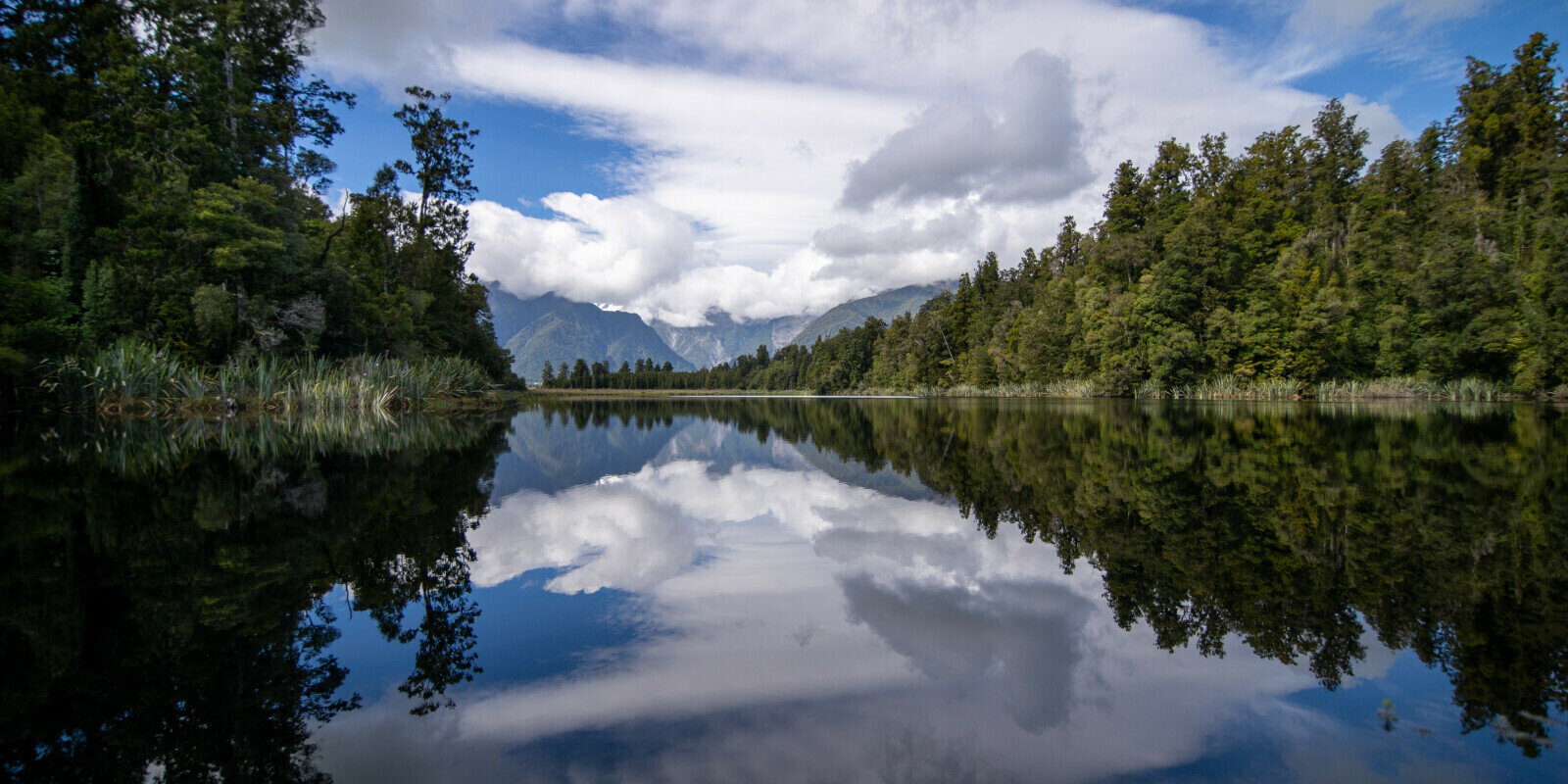As someone who has lived down the end of a shared driveway for over 22 years, this article in the NZ Herald caught my attention.
I have confirmed the situation with our Fire and General insurance broker, and they said:
All non EQC cover natural disaster claims have an excess of $5000. Type of items involved would be drives , tennis courts , paths etc.Anything that falls outside the EQC definitions basically. The excess is per policyholder. Each insurer is only responsible for their portion of loss , minus excess applicable.
Fortunately, our home and office driveway isn't on a hill, but I can imagine storm damage from one of the neighbours trees falling on the driveway.
These big excesses are a good reason to have an Emergency Cash fund as well.
Here is the story for your reference
The shared driveway insurance catch you need to know about
Homeowners with a shared driveway are being urged to check their insurance cover after five Whangarei neighbours were left $16,000 out of pocket.
When their joint driveway was damaged, the cost of repairing the surface was divided five ways and a $5000 insurance excess applied to each individual claim, meaning the five got nothing.
One of the residents, John Kennedy, said the drive he shared with four other homeowners was badly damaged when a storm hit Northland in March last year.
A landslip beneath the 300m driveway left it cracked and partly subsided. It remained driveable, but engineers found that it would probably have only six months before it worsened.
Kennedy put in a call to his insurance company, AMI, and was told to claim through the Earthquake Commission first.
So he and his neighbours all lodged claims with EQC, which paid out $20,800 altogether in October last year.
The EQC claim had a $200 excess for the damage relating to each house and $500 for the land for each household's claim. "We were quite happy with that," says Kennedy.
But when he came to claim the cost of fixing the surface of the driveway - which is not covered by the EQC - he found a $5000 natural disaster excess applied for each individual household.
Kennedy says AMI assessed its exposure to cover fixing the driveway at $10,925. But by the time that was divided among the five homes, his insurer would cover only $2185. And because of the $5000 excess for natural disaster claims, he got nothing.
"We were stunned - absolutely stunned," he said. "We thought they would have taken the $5000 off the $10,925 and we would still get $5925."


